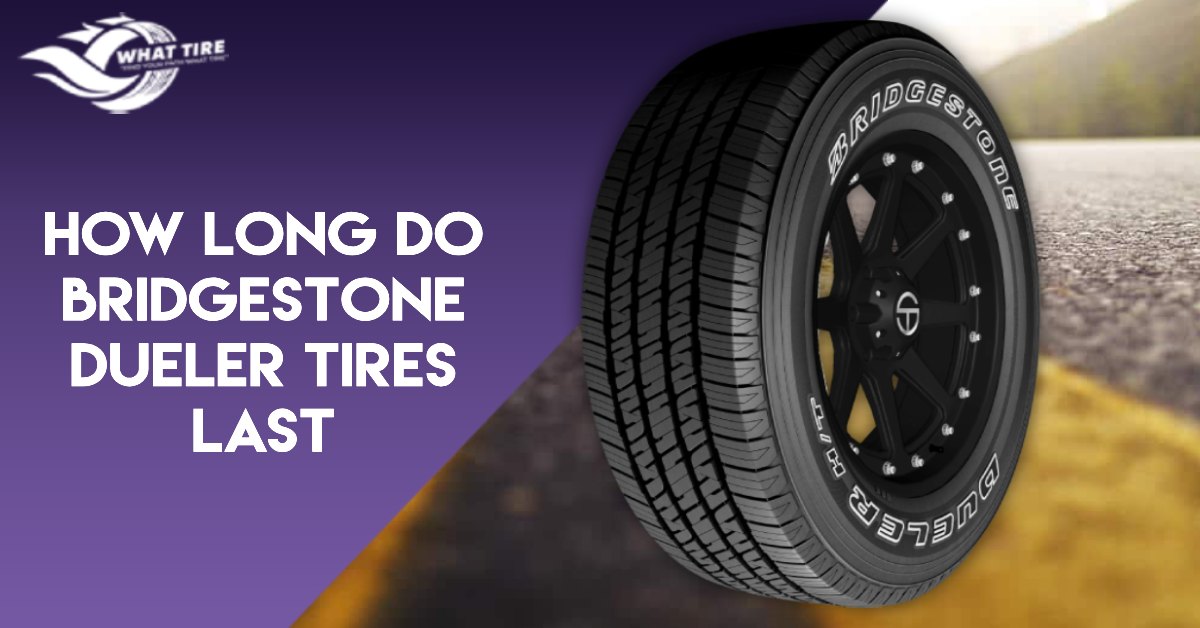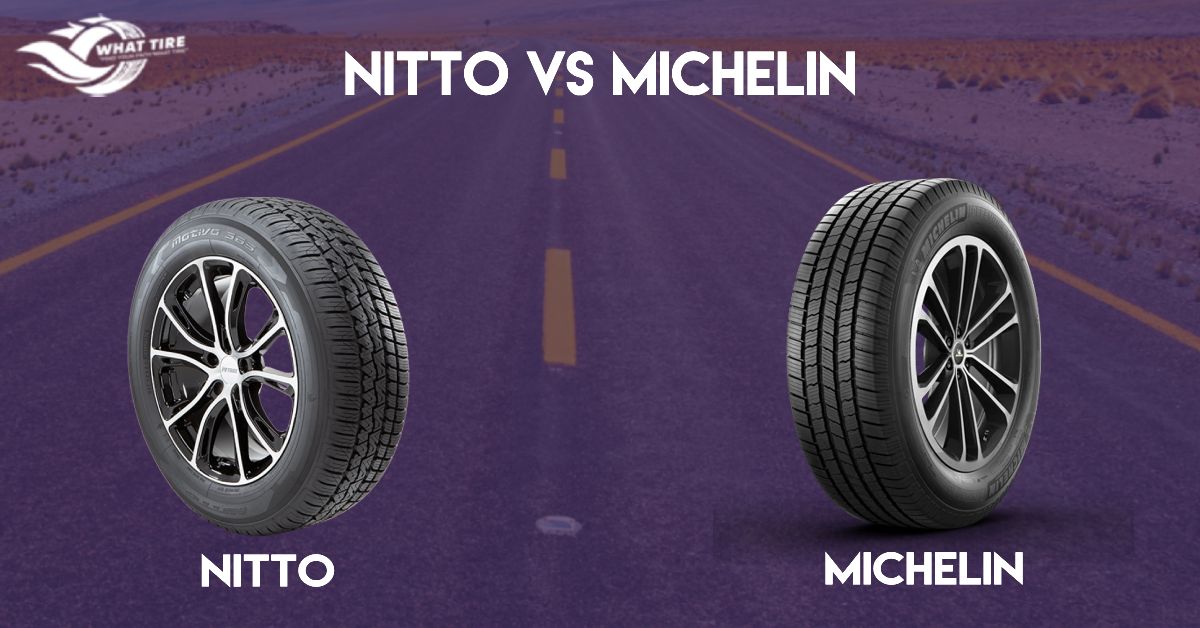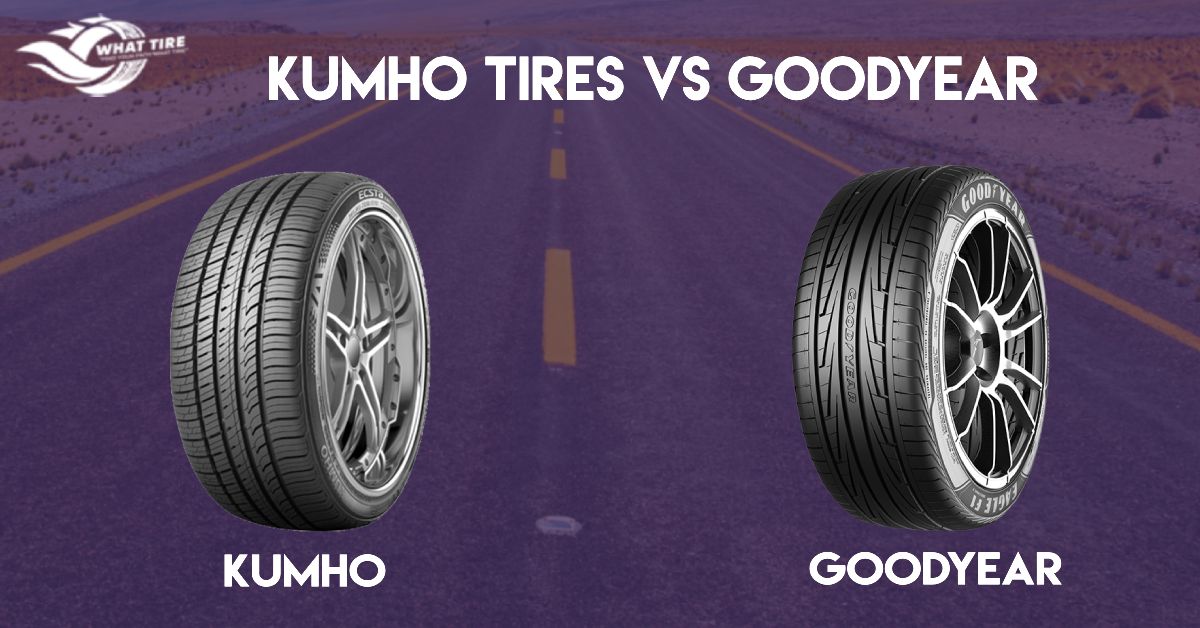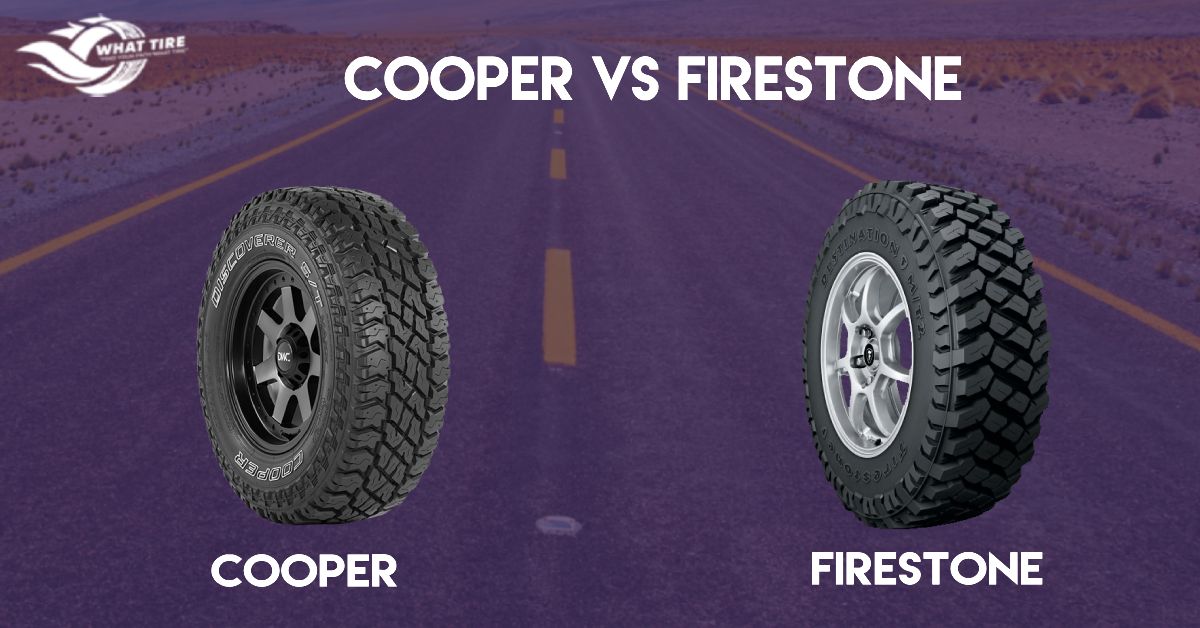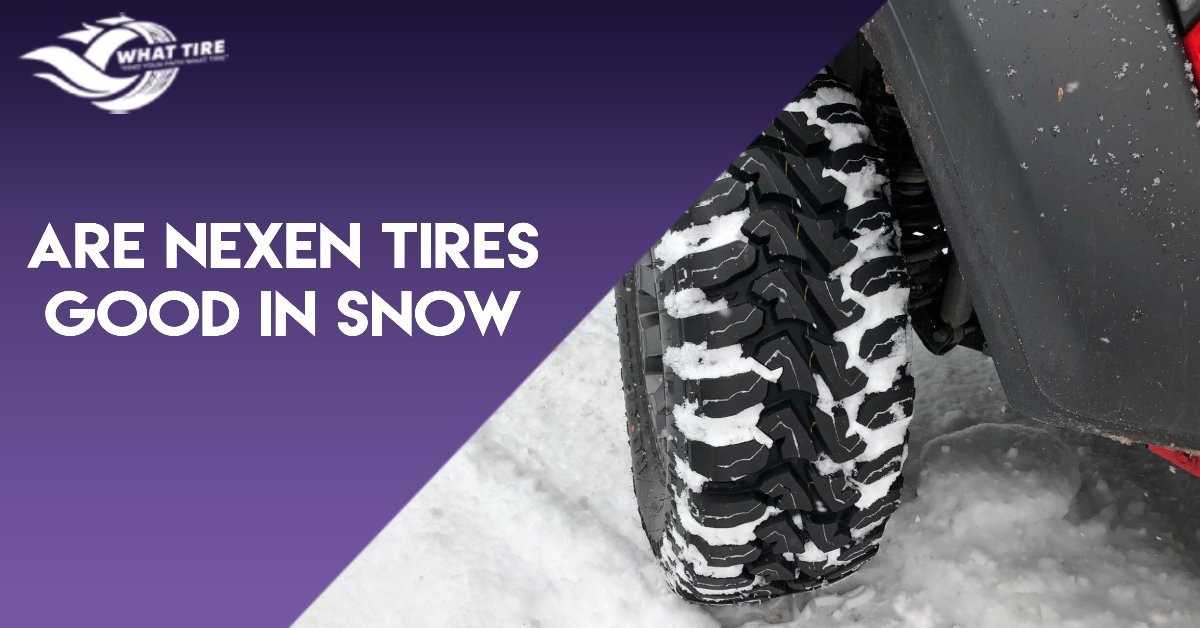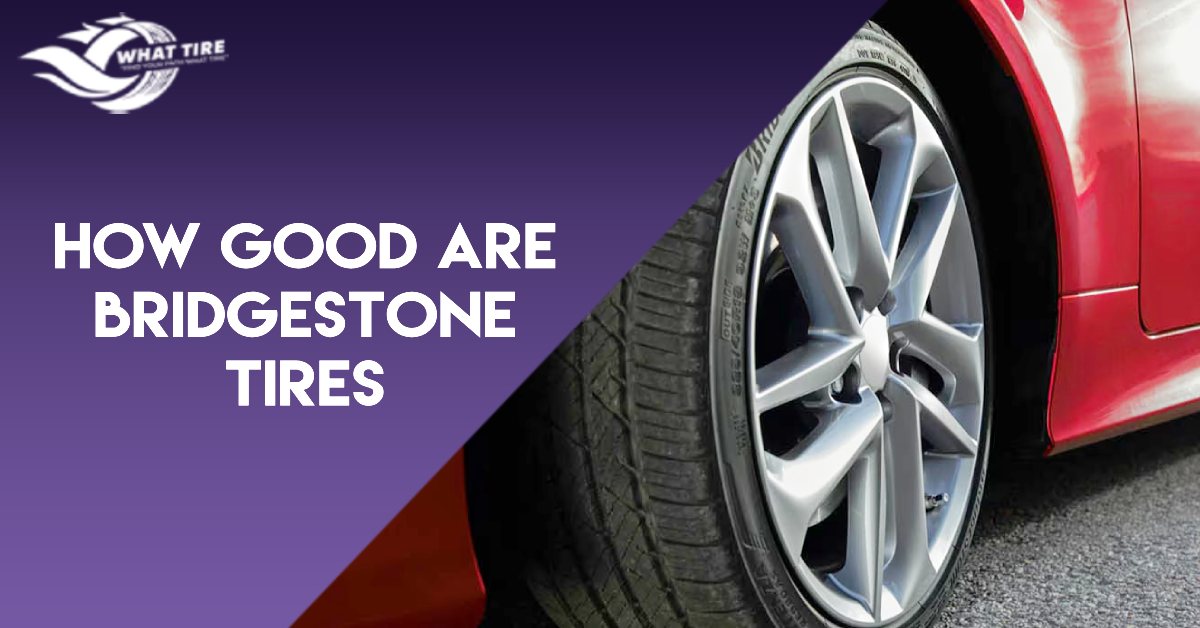In the journey of car ownership, ensuring the longevity of your tires is a crucial aspect often overlooked.
Bridgestone, a renowned tire manufacturer, stands out for its commitment to quality and durability.
Understanding how long do Bridgestone tires last and how to maximize their lifespan not only ensures safer driving but also saves you money in the long run.
In this guide, we’ll explore the factors influencing tire longevity, the role of maintenance, and Bridgestone’s advanced tire technologies.
By implementing these tips and insights, you’ll be equipped to extend the life of your Bridgestone tires, optimizing performance and value for miles to come.
Table of Contents
ToggleFactors Influencing Tire Lifespan
Understanding the various factors that influence the lifespan of your Bridgestone tires is essential for maximizing their durability and performance.
Several key aspects play a significant role in determining how long your tires will last:
1. Driving Habits
Aggressive driving behaviors such as hard braking, sharp turns, and high-speed driving can accelerate tire wear.
Consistently driving within recommended speed limits, avoiding sudden stops, and practicing smooth acceleration can significantly extend tire lifespan.
2. Road Conditions
The condition of the roads you frequently travel on can impact tire wear. Rough or poorly maintained roads with potholes, debris, and uneven surfaces can cause premature tire damage.
Additionally, exposure to harsh weather conditions like extreme heat or cold can affect tire performance and longevity.
3. Maintenance Practices
Proper tire maintenance is vital for maximizing lifespan. Regularly checking tire pressure and ensuring it’s at the recommended level can prevent uneven wear and improve fuel efficiency.
Routine tire rotations help distribute wear evenly across all tires, extending their lifespan.
Wheel alignments ensure proper tire alignment, reducing wear and tear on the tires and improving handling and fuel efficiency.
4. Tire Type and Design
The type and design of Bridgestone tires can also influence their lifespan. High-performance tires, designed for superior traction and handling, may have a shorter lifespan due to their softer rubber compound.
In contrast, touring or all-season tires typically offer longer tread life and durability. Bridgestone’s advanced tire technologies, such as NanoPro-Tech™ and L.L. Carbon™, enhance tread wear resistance, contributing to longer tire lifespan.
Understanding the specific characteristics of your Bridgestone tires can help you optimize their longevity through appropriate usage and maintenance practices.
How Long Do Bridgestone Tires Last in Kilometers?
Bridgestone tires typically last between 64,000 to 128,000 kilometers under normal driving conditions. This range may vary depending on factors like driving habits, road conditions, and maintenance practices.
High-performance tires may have a shorter lifespan while touring or all-season tires often offer a longer tread life.
How Long Do Bridgestone Tires Last in Miles?
Bridgestone tires typically last between 40,000 to 80,000 miles under normal driving conditions.
However, factors such as driving habits, road conditions, and maintenance practices can influence tire lifespan.
High-performance tires may have a shorter lifespan due to their softer rubber compound, whereas touring or all-season tires generally offer a longer tread life.
How Many Years Do Bridgestone Tires Last?
Bridgestone tires typically last between 4 to 8 years, depending on various factors such as driving habits, road conditions, and maintenance practices.
Properly maintained tires can last longer, while factors like exposure to extreme temperatures, sunlight, and harsh chemicals can shorten their lifespan.
It’s essential to inspect tires regularly for signs of wear and replace them as needed to ensure optimal safety and performance.
Recommended Maintenance Practices
Proper maintenance is paramount for maximizing the lifespan of Bridgestone tires. Adhering to recommended maintenance practices ensures optimal tire performance and safety.
Here are essential maintenance tasks to incorporate into your routine:
1. Regular Tire Pressure Checks
Checking tire pressure at least once a month is crucial. Use a reliable tire pressure gauge and refer to the vehicle manufacturer’s recommended pressure levels, usually found on a sticker inside the driver’s door or in the owner’s manual.
Proper tire inflation ensures even tread wear, optimal fuel efficiency, and improved handling.
Proper tire inflation ensures even tread wear, optimal fuel efficiency, and improved handling. If you ever wonder, How Do You Reset The Tire Pressure Monitoring System, it’s usually a straightforward process detailed in your vehicle’s manual, often involving a specific sequence of actions to recalibrate the system after adjusting the tire pressure.
2. Tire Rotation Intervals
Rotating tires every 6,000 to 8,000 miles promotes even tread wear and extends tire lifespan.
Follow the recommended rotation pattern specified in the vehicle owner’s manual or consult with a certified technician.
Rotating tires regularly ensures that each tire wears down evenly, maximizing its longevity and performance.
3. Wheel Alignment
Wheel alignment should be checked at least once a year or if you notice irregular tire wear, steering pulling to one side, or a vibrating steering wheel.
Proper wheel alignment ensures that all wheels are angled correctly relative to each other and the road surface, reducing tire wear and improving vehicle stability and handling.
Neglecting alignment can lead to serious issues. How Long Will Tires Last With Bad Alignment? The answer depends on several factors, including driving conditions and how far out of alignment your wheels are.
Typically, tires can wear out much faster if the alignment is off, sometimes in a matter of months, leading to premature replacement and increased costs.
4. Visual Inspections
Regular visual inspections allow you to identify potential issues early. Look for signs of uneven tread wear, cuts, bulges, or punctures on the tire sidewalls.
Check for embedded objects like nails or stones that could cause tire damage or leaks.
Bridgestone Tire Technologies
Bridgestone is at the forefront of tire innovation, integrating advanced technologies to improve performance and longevity.
Here’s a closer look at some of the cutting-edge technologies employed in Bridgestone tires:
1. NanoPro-Tech™
NanoPro-Tech™ utilizes nanotechnology to reinforce tire materials at the molecular level, improving tread wear resistance and enhancing overall durability.
By enhancing the tire’s resistance to wear and tear, NanoPro-Tech™ helps prolong tire lifespan, ensuring consistent performance over an extended period.
2. L.L. Carbon™
Bridgestone’s L.L. Carbon™ (Long Link) technology incorporates long-chain carbon molecules into the tire compound.
This strengthens the tire’s tread and sidewalls, improving resistance to wear, heat, and cracking. L.L.
Carbon™ enhances tire durability, allowing Bridgestone tires to withstand challenging road conditions and maintain performance throughout their lifespan.
3. Tread Design Innovations
Bridgestone continually develops innovative tread designs to optimize traction, handling, and tread wear.
Advanced tread patterns, such as asymmetric and directional designs, are engineered to provide maximum grip and stability in various driving conditions while promoting even wear.
By incorporating state-of-the-art tread design innovations, Bridgestone enhances tire performance and extends lifespan, ensuring a safer and more comfortable driving experience.
Conclusion:
Maximizing the lifespan of Bridgestone tires requires a combination of proactive maintenance, adherence to recommended practices, and an understanding of tire technologies.
Understanding how long Bridgestone tires last is key to managing your vehicle’s maintenance effectively.
By implementing these strategies, you can ensure that your Bridgestone tires deliver optimal performance and longevity, providing safety and value for miles to come.

